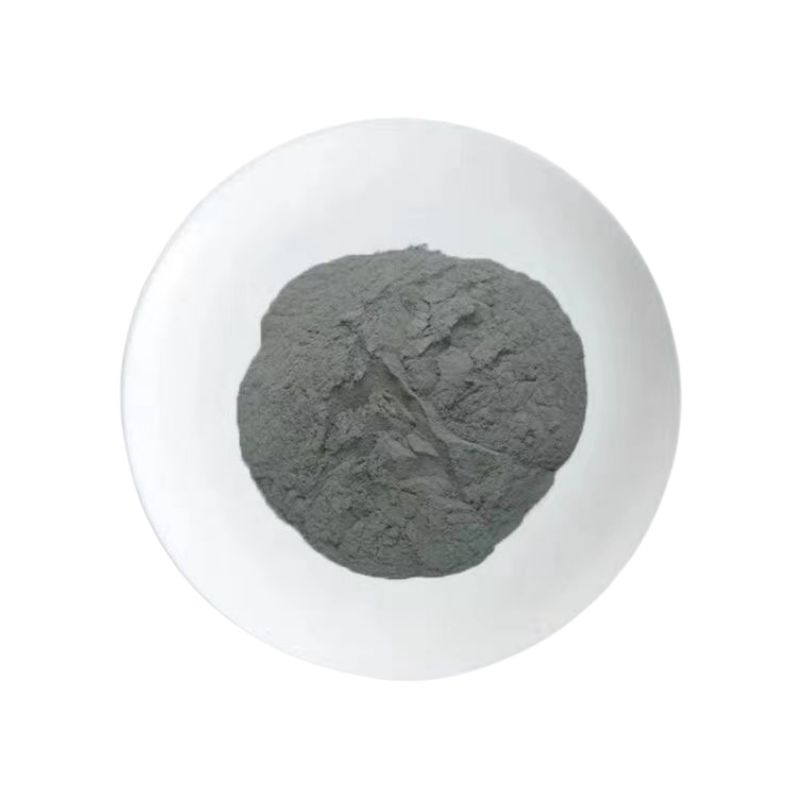
Exploring the Properties and Applications of Metal Oxide Powders in Modern Technology
The Versatility and Applications of Metal Oxide Powders
Metal oxide powders are a class of inorganic materials that have gained substantial attention in various fields due to their unique physical and chemical properties. These powders, primarily composed of metal ions and oxygen, are crucial in a wide range of applications, including catalysis, electronics, ceramics, and environmental remediation. Their versatility stems from their ability to undergo various transformations and their reactive surface properties, making them suitable for multiple industrial and technological applications.
One of the prominent uses of metal oxide powders is in the field of catalysis. Catalysts are substances that increase the rate of a chemical reaction without undergoing permanent changes themselves. Metal oxide powders, such as titanium dioxide (TiO2) and zinc oxide (ZnO), have shown exceptional catalytic properties for processes like photodegradation of pollutants and conversion of solar energy into chemical energy. Their high surface area and tunable electronic properties allow for enhanced interaction with reactants, leading to improved reaction efficiency.
In the electronics industry, metal oxide powders are integral to the production of semiconductors and nanomaterials. Materials like indium tin oxide (ITO) are widely used as transparent conductive oxides in touch screens, displays, and solar cells. The semiconducting properties of these powders enable them to effectively control the flow of electricity, making them suitable for various electronic components. Moreover, with the advent of nanotechnology, metal oxide powders can be synthesized at the nanoscale to enhance their performance and broaden their applications in nanoelectronics.
metal oxide powder

The ceramic industry also heavily utilizes metal oxide powders, especially in the production of advanced ceramics. Metal oxides such as alumina (Al2O3) and zirconia (ZrO2) are favored for their mechanical strength, thermal stability, and abrasion resistance. These properties make them ideal for applications in cutting tools, dental implants, and insulating materials in electrical devices. Moreover, doping these oxides with other metal ions can further enhance their characteristics, allowing for the development of tailored materials for specific applications.
Environmental applications of metal oxide powders cannot be overlooked. They play a crucial role in remediation processes, particularly in the treatment of wastewater and air purification. Metal oxides can effectively adsorb heavy metals and other pollutants from waste streams, enabling cleaner industrial processes. Additionally, they are often employed as photocatalysts in the breakdown of organic contaminants under UV or visible light, thus contributing to sustainable environmental practices.
In conclusion, metal oxide powders are indispensable in modern technology and industry. Their unique properties enable them to serve diverse functions across various domains, ranging from catalysis and electronics to materials science and environmental remediation. Ongoing research into their synthesis and modification continues to unlock new potentials and applications, making them key players in the quest for innovative solutions to contemporary challenges. As we look toward the future, the role of metal oxide powders in advancing technology and promoting sustainability seems set to expand, marking them as vital materials in a rapidly evolving world.
Share
-
Premium Resin Coated Sand - High Heat Resistance CastingNewsJul.31,2025
-
High Quality Silicon Carbide Grit for Abrasive ApplicationsNewsJul.30,2025
-
High-Quality Ceramsite for Plants & Gardening | Lightweight PebblesNewsJul.29,2025
-
Premium Burgundy Glass Marbles for Vases & Shooter GamesNewsJul.29,2025
-
High Purity Quartz Sand for Industrial and Ground ApplicationsNewsJul.29,2025
-
High-Quality Barite Powder for Drilling & Industrial UseNewsJul.29,2025






